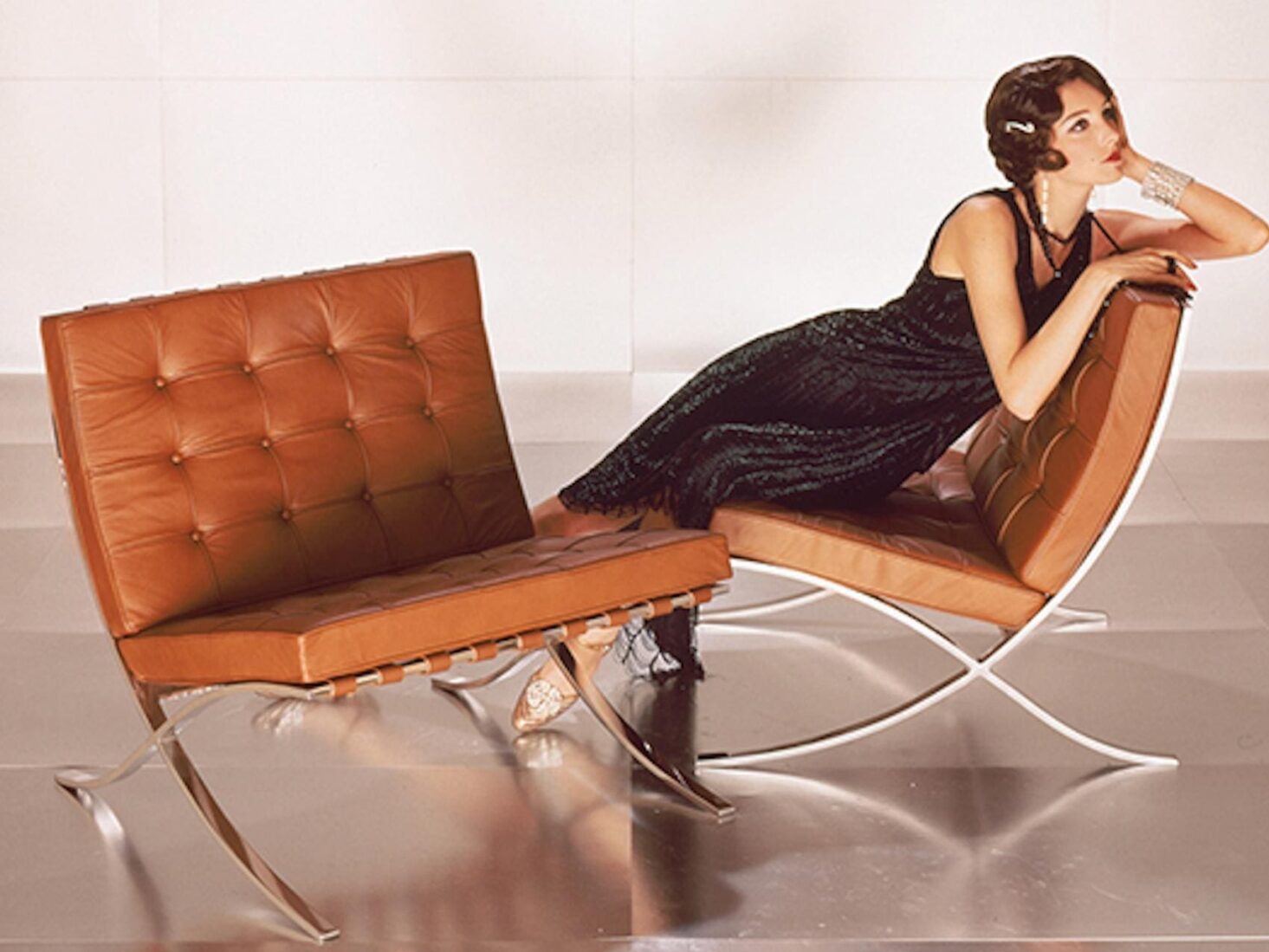
100 Years of Bauhaus: How Britain Embraced The German Design Movement
A hundred years ago Bauhaus brought concrete, jumpsuits and design revolution to Western Europe. But was London ready for the revolt? Luxury London explores how Britain embraced one of the 20th century’s most beguiling design movements
‘Let us leave the continent to pursue their own tricks and go our own way traditionally.’ So wrote, seemingly in something approaching a cold fury, Frank Pick, the chief designer for London Underground, back in the late 1930s in a letter to the architect Oliver Hill. The object of Pick’s wrath was Bauhaus, the brand new architectural, design and fashion movement that was sweeping across mainland Europe in the pre-war years but, clearly not finding favour in this corner of the UK.
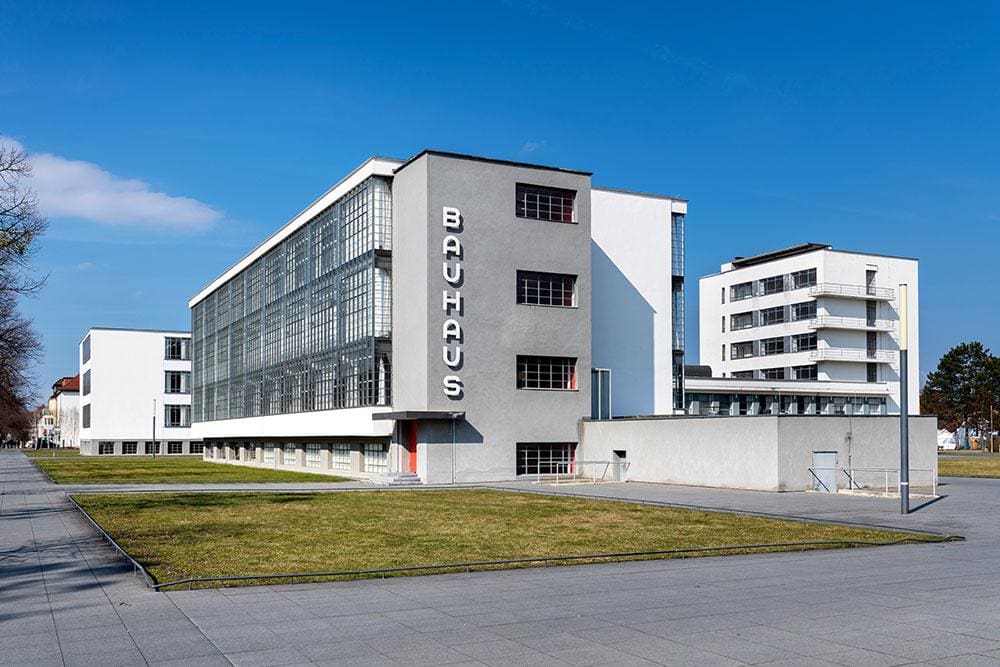 Bauhaus Building, Dessau, Germany
Bauhaus Building, Dessau, Germany
The movement was the brainchild of Walter Gropius, a soldier from Berlin who had an especially traumatic experience in the Great War, being buried alive for three days and experiencing flashbacks of grenade explosions for the rest of his life. Founding an arts academy in Weimar after the war, which he named Bauhaus (after ‘Bauhitte’, the name of the medieval stone masons guild which previously occupied the building that would become the first hub for the movement), Gropius’ influence was extraordinary.
With an emphasis on new materials and methods, his glass, steel and concrete constructions felt like modernist cathedrals. Factories, apartment blocks and civic buildings across Germany, Spain, Italy and the Netherlands emerged with distinctive floor to ceiling glass windows, flat roofs and simple colour schemes of beige, grey and white alongside everyday items of furniture, from tubular looking armchairs to chess sets to tableware. ‘The Bauhaus strives to bring together all creative effort into one whole’, wrote Gropius. ‘To reunify all the disciplines of practical art – sculpture, painting, handicrafts, and crafts – as inseparable components of a new architecture.’
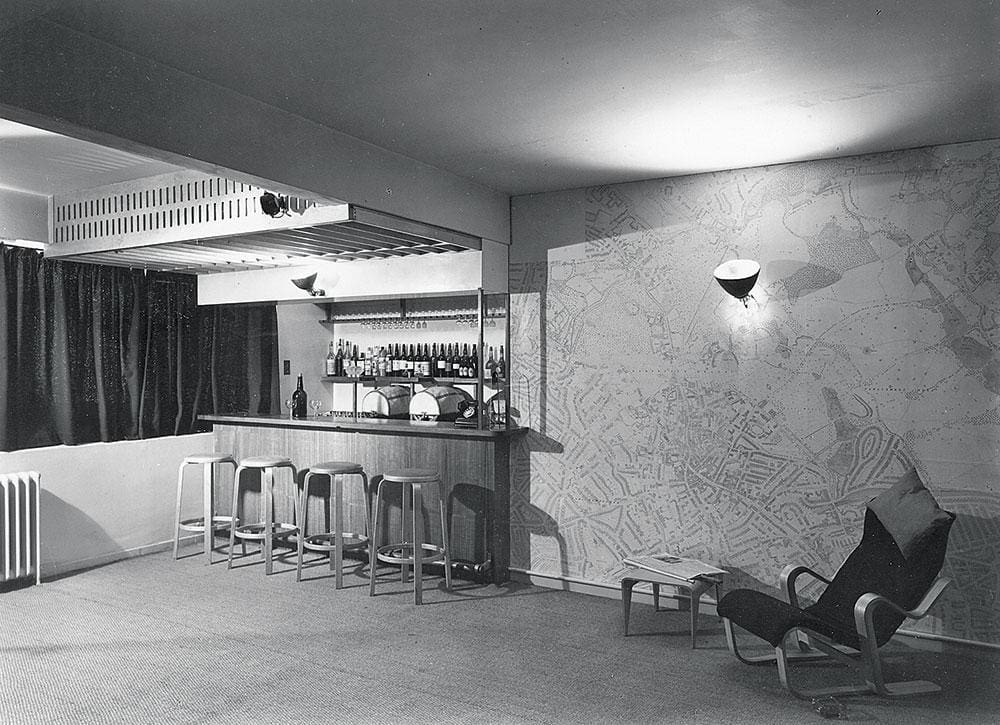
So is it true that Britain really was woefully reluctant to join in with this bright new future? Upon first glance, it would seem London would be a natural fit for this kind of thinking. Gropius himself was inspired by the late 19th-century Arts and Crafts movement which originated in the UK with its emphasis on hands-on design and craftsmanship.
But the accepted narrative, which holds to this day, insists that the movement stalled in the UK due to resistance from the likes of Frank Pick and a general lack of forward-thinking among architects and designers during this period. This somewhat frustrating theory has some enormous holes in it however; not least of which being the fact that Gropius himself spent time in the UK, moving to London in 1934 after the new Bauhaus HQ in Dessau was occupied by Nazi troops, who destroyed everything inside the building and turned it into an officer training school.
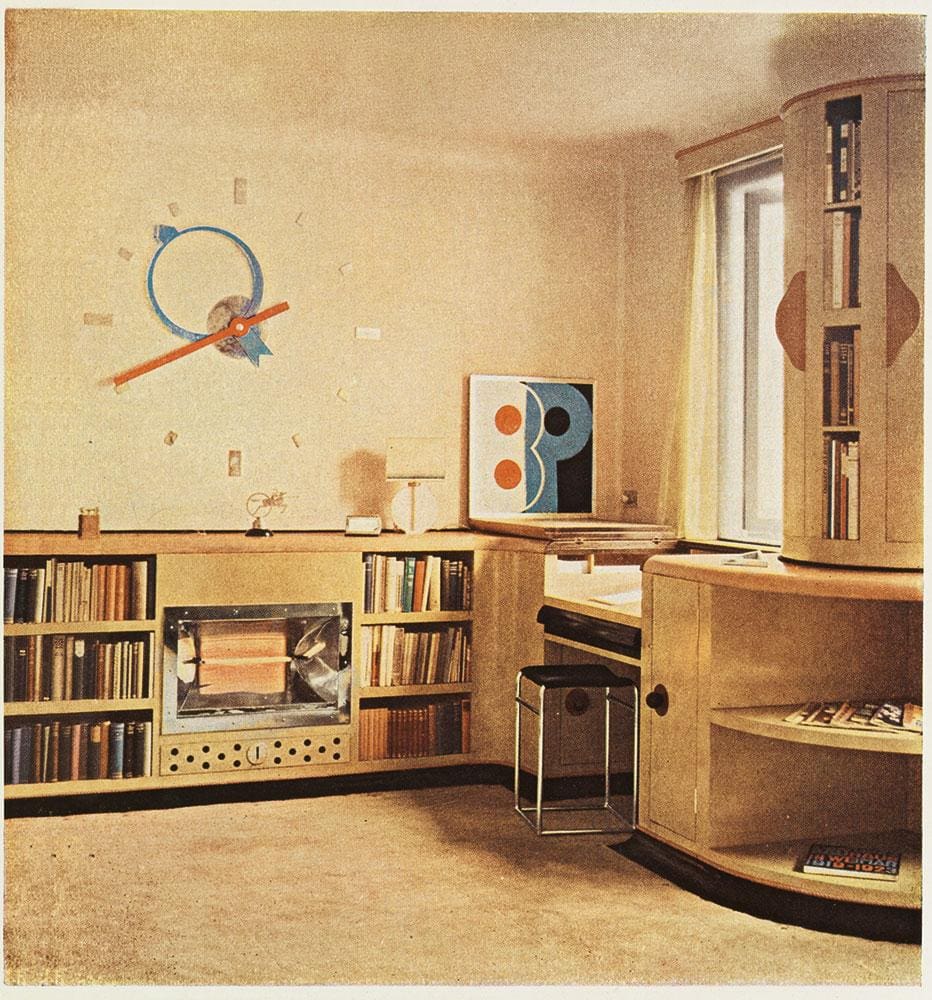
During his time in Britain, Gropius, along with his Bauhaus colleagues László Moholy-Nagy and Marcel Breuer, did manage to bring their aesthetic to these shores in the form of Impington Village College on the outskirts of Cambridge and the Wood House in Shipbourne in Kent. This country’s most famous Bauhaus creation however, was one that the trio actually lived in themselves for a time, even though they played no direct role in its construction. The Isokon building in Hampstead was the very first structure in Britain to be built using reinforced concrete. It’s creator was Wells Coates, a British designer who, after a fact-finding trip to Germany, collaborated with plywood salesman Jack Pritchard to create an entirely new (for the UK at least) type of residential flat in the Bauhaus style.
With Pritchard providing plywood furniture for the flats and with a laundry service and in-house restaurant, the striking look of minimal design but maximum functionality had simply never been seen before on these shores.“All you needed was a rug, a vase and your favourite picture,” says Leyla Daybelge, co-author of a new book on the movement in the UK: Isokon and the Bauhaus in Britain. “The furniture was built in, or Isokon would provide what you needed. It was very radical.” Agatha Christie was impressed. ‘A giant liner’ was her description of this vast white invader upon the rows of Georgian and Victorian houses which she would end up living in herself, alongside many of the infamous Cambridge spy ring.
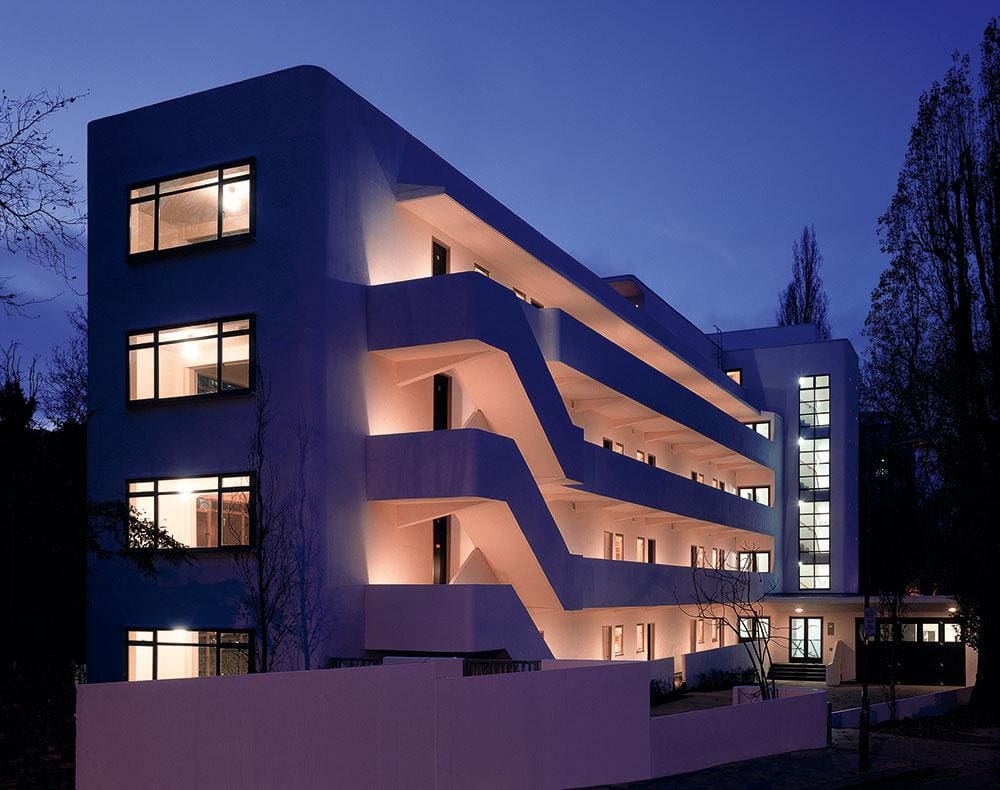 Isokon Building, Hampstead
Isokon Building, Hampstead
Almost a century on from its completion and the building, now called the Lawn Road Flats, remains in operation. In keeping with the socialist politics of the movement (in the opening ceremony beer rather than champagne was smashed against the exterior wall) many of the flats are reserved for key workers, though the in-house restaurant has long gone. A couple of miles away, London Zoo was also embracing Bauhaus, combining it with the aquatic to create a penguin enclosure complete with interlinked ramps of concrete and an elliptical pool. The construction was criticised by conservationists for appearing to encourage the penguins to parade along the ramps like catwalk models. The birds themselves didn’t seem to mind though; the zoo continued to house them there until 2004.
Bauhaus may not have been entirely rebuffed by Britain after all. But for Gropius and the other Bauhaus pioneers, their tenure in the Isokon building would be brief. Wanting to move further away from Nazi clutches, they had all taken relatively lucrative academic positions in the United States by 1937.
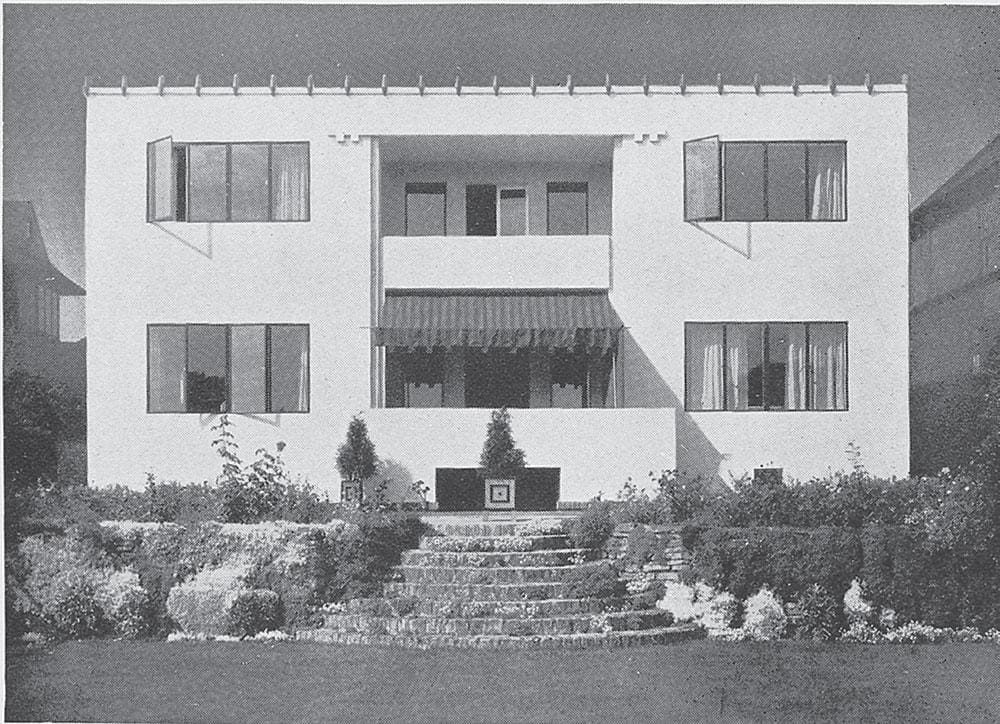
A century on from their exodus and although the physical presence of Bauhaus buildings for us to live, eat, learn, work and admire penguins around Britain are, admittedly, modest, the fashion and style arm of the movement would go on to become a colossal influence on some of Britain’s leading post-war designers. For beginners, take a look at the still transcendent form of Ziggy Stardust. The jagged thunder bolts, colour explosions and tight figure-hugging form of David Bowie’s ultimate alternative persona was designed by Freddie Burretti, who drew on the outfits designed for the Triadic Ballet, a costume ball that Gropius and his fellow Bauhaus designers regularly staged during the 1920’s. By matching geometric forms with parts of the human body, the players in this surreal performance became themselves living, breathing Bauhaus designs.
The movement’s aesthetic demands of simplicity of form combined with ultra-efficient functionality also rubbed off on designers for half a century; from Mary Quant’s clean and sleek 1960s fashion designs to Mary Katrantzou’s winter 2018 collection, which included prints that paid tribute to posters for the 1923 Bauhaus Exhibition in Weimar, Germany.
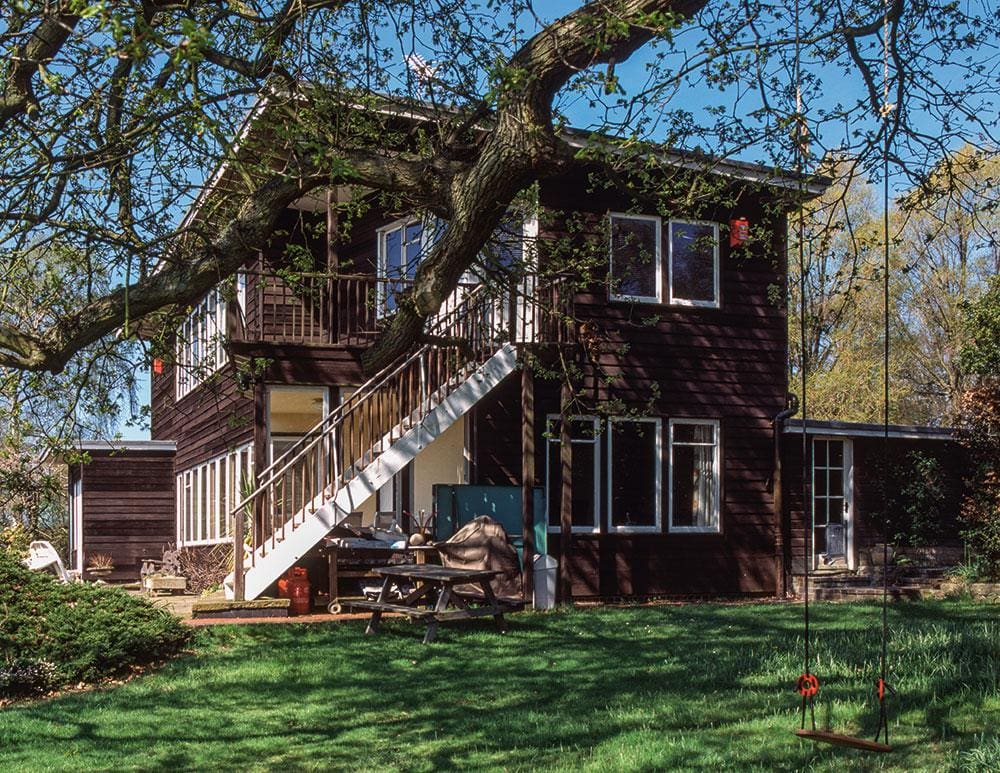 Wood House, Shipbourne
Wood House, Shipbourne
Paul Smith has long spoken of his admiration for the work of the textile designer Anni Albers, one of the key Bauhaus designers. “So many people look, but they don’t know how to see,” Smith once said when asked about the artist he readily admits to being his muse. “Anni really saw… The ideas they were playing with were so modern – all that lateral thinking. The rest of us are still struggling to catch up.”
But the biggest Bauhaus imprint on this country has undoubtedly been spearheaded by Sir Terence Conran and his Habitat stores. “The Bauhaus was my favourite style,” Conran stated in a recent interview. “The school taught design for mass production, so people could afford their products… I look for intelligent design at a price people can afford.” That sparse style, abstract shapes, clean lines and accessible designs that Conran brought into millions of living rooms across Britain is still evolving in brand new work from other designers, such as the geometric shapes of the new Bauhaus wallpaper, unveiled earlier this year by Mini Moderns.
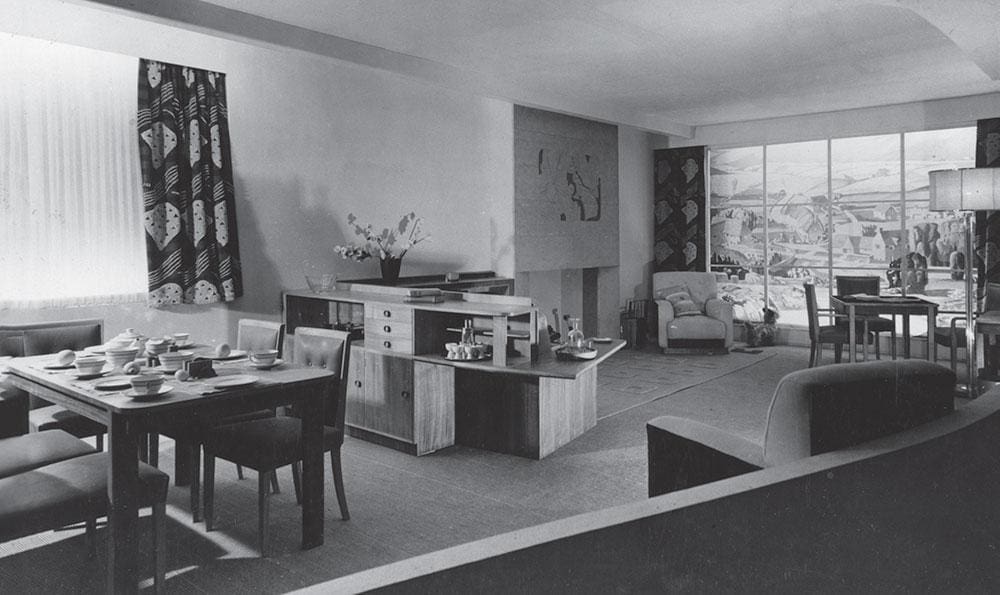
And then there’s the legendary Heals department store. After stocking Bauhaus designs way back in the 1920s, this year sees the launch of their Bauhaus 100 collection of accessories and lighting. The dresses, tables, lampshades and jumpsuits that have emerged from the Bauhaus movement may hint at a sterility and coldness in their geometric purity. And perhaps it was this, erroneous, conclusion that stopped Britain embracing Bauhaus more than it has.
For what really seems to shine through the intervening decades isn’t so much about labels and fashion as it is Bauhaus’ embrace of raw, new materials and how they were used not to intimidate or luxuriate but to genuinely improve our lives. As Walter Gropius himself wrote towards the end of his long life: “Our guiding principle was that design is neither an intellectual nor a material affair, but simply an integral part of the stuff of life, necessary for everyone in a civilized society.”
London Wetland Centre and the William Morris Gallery are joining forces for an indoor exhibition and some outdoor installation art to mark the centenary of Bauhaus. For more info visit www.walthamstowwetlands.com/artist-residence; Bauhaus goes West by Alan Powers is published by Thames and Hudson, £24.99; Isokon and the Bauhaus in Britain by Leyla Daybelge is published by Pavillion Books, £25









